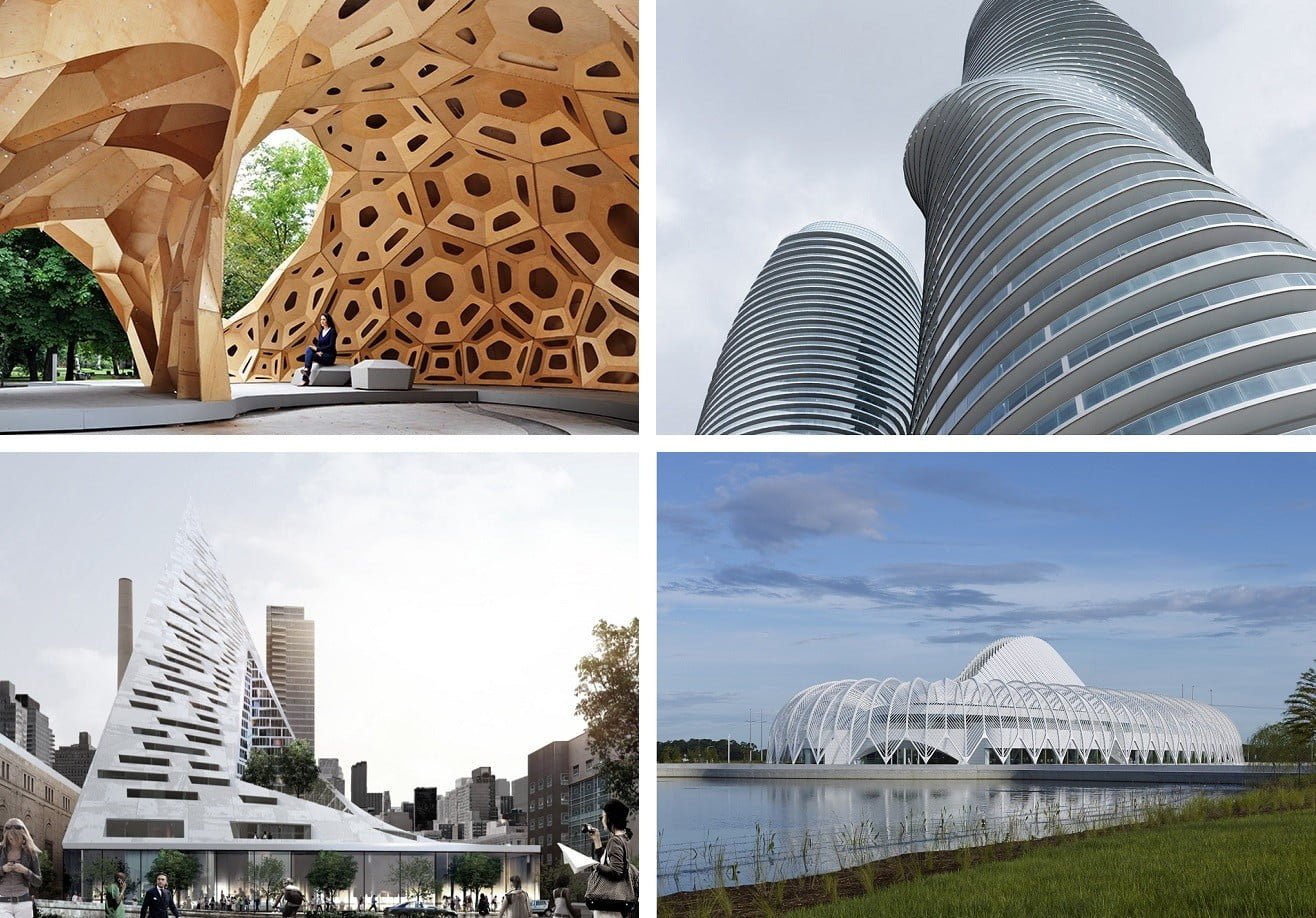
Exploring the Pinnacle: Recent Trends in Architecture
In the ever-evolving world of architecture, innovation and creativity continue to shape the way we perceive and interact with our built environment. The fusion of technology, sustainability, and aesthetics has given rise to a host of recent trends that are reshaping the architectural landscape. Let’s delve into the exciting realm of achrictechture and explore some of the key trends that are defining the future of design.
Sustainable Design and Green Architecture:
Sustainability is no longer a mere buzzword; it has become a cornerstone of modern architecture. Architects are increasingly integrating eco-friendly practices, such as the use of recycled materials, green roofs, and energy-efficient systems, to create structures that minimize their environmental impact. This commitment to sustainability not only addresses the global climate crisis but also fosters healthier and more resilient communities.
Digital Fabrication and 3D Printing:
The advent of digital fabrication technologies has revolutionized the way architects conceptualize and construct buildings. 3D printing, in particular, has gained prominence for its ability to produce intricate and customized architectural elements with precision. This trend not only accelerates the construction process but also opens up new possibilities for complex and innovative designs.
Responsive Architecture:
Responsive architecture involves the use of sensors and actuators to create structures that can adapt to changing environmental conditions. Buildings that can adjust their form, orientation, or energy consumption in response to factors like weather, occupancy, or sunlight are becoming more prevalent. This trend not only enhances user comfort but also contributes to resource efficiency.
Biophilic Design:
The integration of nature into architectural design, known as biophilic design, continues to gain traction. Architects are incorporating natural elements such as green walls, water features, and ample natural light to create environments that promote well-being and connect occupants with nature. This trend not only enhances the aesthetic appeal of spaces but also contributes to improved mental and physical health.
Smart Cities and Connected Buildings:
The rise of smart technologies has extended into the realm of architecture, giving rise to smart cities and connected buildings. From intelligent building systems that optimize energy usage to the implementation of IoT (Internet of Things) devices for enhanced user experiences, architects are leveraging technology to create more efficient, interconnected urban environments.
Adaptive Reuse:
The rise of smart technologies has extended into the realm of architecture, giving rise to smart cities and connected buildings. From intelligent building systems that optimize energy usage to the implementation of IoT (Internet of Things) devices for enhanced user experiences, architects are leveraging technology to create more efficient, interconnected urban environments.
Conclusion:
As we stand at the crossroads of tradition and innovation, the trends in achrictechture reflect a dynamic and forward-thinking industry. From sustainable practices and cutting-edge technologies to a renewed focus on human well-being, architects are shaping a future where the built environment not only meets our functional needs but also inspires and uplifts. As these trends continue to evolve, the world of architecture is poised to redefine our cities and communities in ways that are both visually stunning and environmentally responsible.

